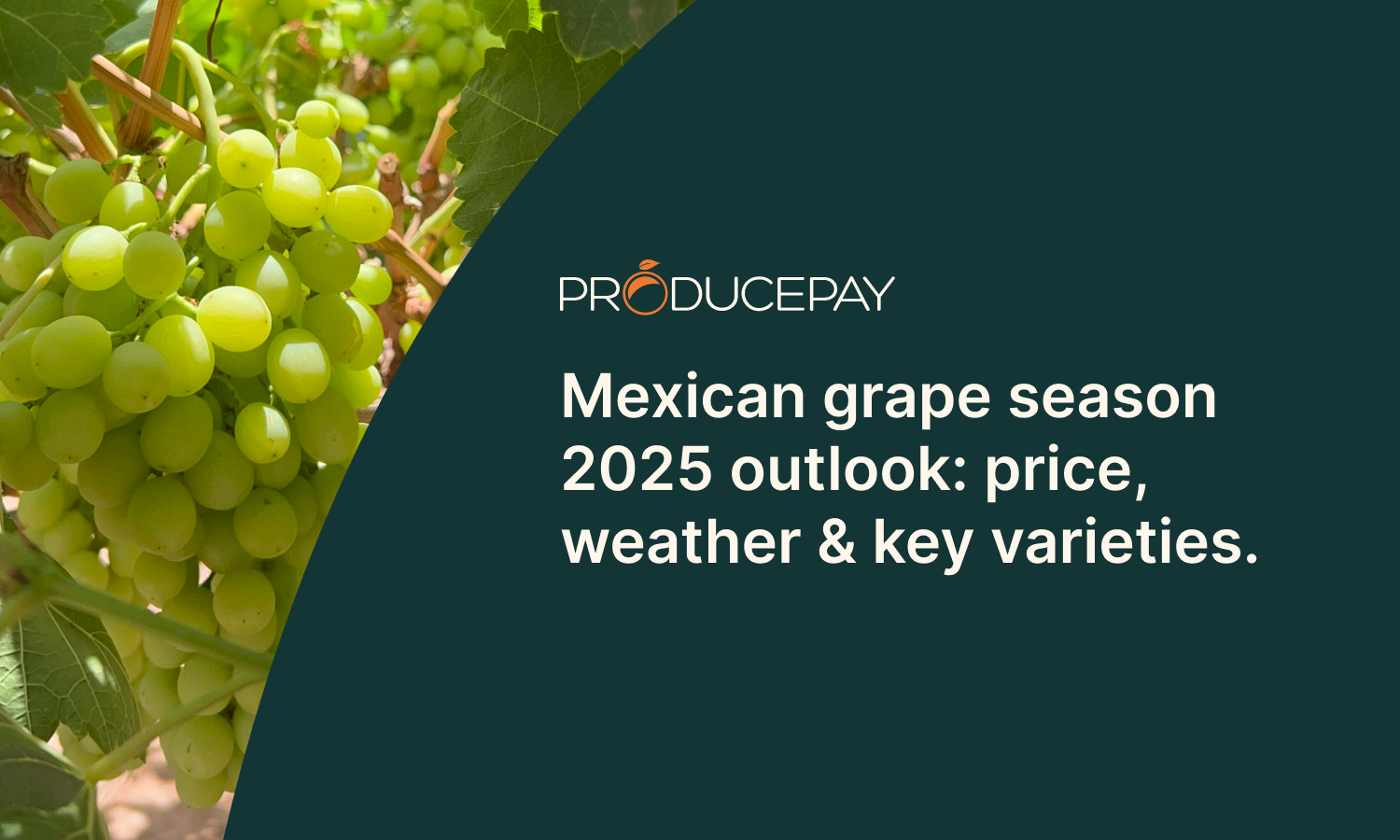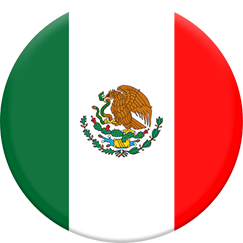
Mexican grape season 2025 outlook: price, weather & key varieties
Following a 2024 impacted by low grape prices in the U.S. and extreme heat in key growing areas, the Mexican grape season heads into 2025 with cautious optimism. While pricing looks more stable, climate volatility, rains, and ongoing water concerns continue to pose serious challenges.
How is the 2025 Mexican grape season shaping up?
Mexico’s 2024 table grape season closed with 23.8 million boxes—a 4.8% drop compared to the previous year. About 75% of the volume went to the U.S. market, followed by domestic consumption, Canada, Japan, South Korea, and parts of Latin America.
The 2025 Mexican grape season kicked off in Jalisco on April 1 under favorable weather conditions. This region is gaining relevance thanks to its focus on high-quality seedless red and white grape varieties, including consumer favorites like Cotton Candy.
Sonora—which produces roughly 80% of Mexico’s total table grape volume— began harvesting in May. This region remains critical in determining the season’s final volume.
However, heavy rainfall at the start of June has already impacted key growing areas. Current estimates suggest that 50–70% of Flame Seedless grapes may have been affected in some regions.
While the industry remains cautiously optimistic, some importers—who had already anticipated that Mexico would not exceed 18 million boxes—now estimate the final total may be closer to just 15 million.
With the rainy season still underway, June and July will be decisive, as they coincide with peak harvest for the Mexican grape season.
Mexico’s grape varietal transition gains traction
Mexico’s top-grown grape varieties include Flame, Early Sweet, Sugar One, Sweet Globe, Sugar Drop, Sweet Celebration, and a smaller volume of Prime.
One of the biggest challenges for the industry is accelerating the shift toward new grape varieties, along with managing the water crisis and rising labor and input costs.
In 2024, about 55% of Mexico’s total grape volume consisted of new varieties, especially Mid Green. However, Mexico still lags behind countries like Peru and Chile, where Chilean grape growers have made faster varietal transitions.
According to Sergio Lugo, Director of Mexico Table Grape, the industry needs to increase the pace of replacement by 10–15% annually to reach a target of 70–80% new varieties by 2026.
This transformation is essential for meeting global market demands, improving shelf life, and boosting profitability in an increasingly competitive environment.
The role of Predictable Commerce in a volatile grape market
In an environment marked by shorter shipping windows, erratic weather, and rising market demands, ProducePay’s Predictable Commerce Programs offer a strategic advantage for both growers and U.S. buyers.
These programs align grower supply with buyer demand by offering pre-agreed pricing, early financing, and real-time supply chain visibility. This provides growers with the stability to invest in new grape varieties and plan confidently for the season ahead.
For buyers, Predictable Commerce ensures access to consistent, high-quality Mexican grapes—even when the market is under pressure from weather disruptions or increased competition from Chilean grapes.
Sources: Portal Frutícola, Red Agrícola, Fresh Plaza

